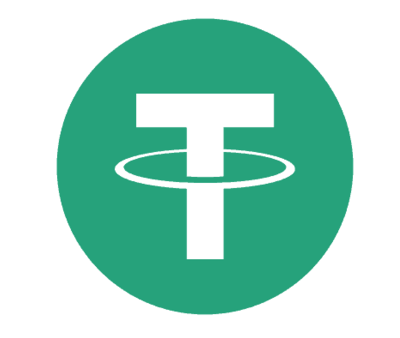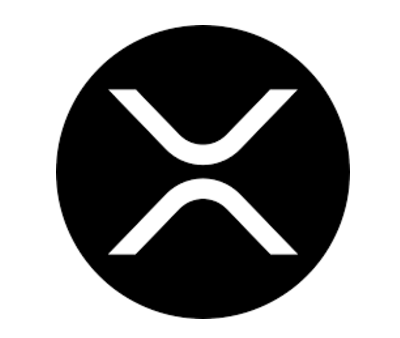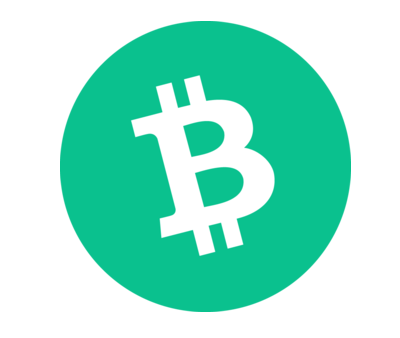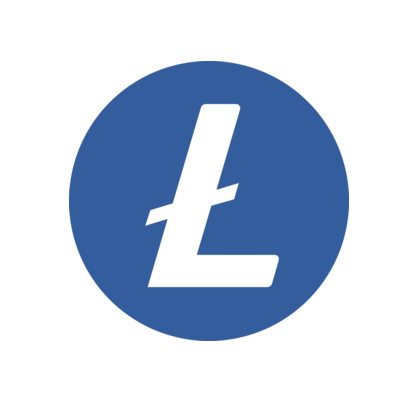
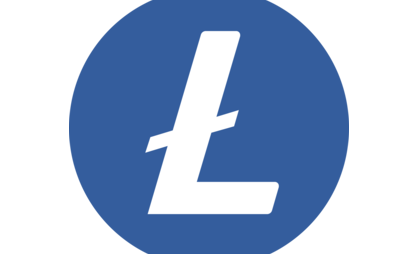 LTC
LTC Litecoin (LTC) is a cryptocurrency that was designed to provide fast, secure and low-cost payments by leveraging the unique properties of blockchain technology.
What Is LTC?
The cryptocurrency was created based on the Bitcoin protocol, but it differs in terms of the hashing algorithm used, hard cap, block transaction times and a few other factors. Litecoin has a block time of just 2.5 minutes and extremely low transaction fees, making it suitable for micro-transactions and point-of-sale payments.
Litecoin was released via an open-source client on GitHub on Oct. 7, 2011, and the LTC Network went live five days later on Oct. 13, 2011. Since then, it has exploded in both usage and acceptance among merchants and has counted among the top ten cryptocurrencies by market capitalization for most of its existence.
The cryptocurrency was created by Charlie Lee, a former Google employee, who intended Litecoin to be a “lite version of Bitcoin,” in that it features many of the same properties as Bitcoin—albeit lighter in weight.
Who Are the Founders of Litecoin?
As we previously touched on, Litecoin was founded by Charlie Lee, an early cryptocurrency adopter and a name held in high regard in the cryptocurrency industry. Charlie Lee, also known as “Chocobo,” is an early Bitcoin miner and computer scientist, who was a former software engineer for Google. In addition, Charlie Lee held the role of director of engineering at Coinbase between 2015 and 2017 before moving on to other ventures.
Today, Charlie Lee is an outspoken advocate of cryptocurrencies and is the managing director of the Litecoin Foundation—a non-profit organization that works alongside the LTC Core Development team to help advance LTC . Besides Lee, the Litecoin Foundation also includes three other individuals on the board of directors: Xinxi Wang, Alan Austin and Zing Yang — all of which are accomplished in their own right.
What Makes LTC Unique?
Behind Bitcoin, Litecoin is the second most popular pure cryptocurrency. This success can be largely attributed to its simplicity and clear utility benefits. As of January 2021, LTC is one of the most widely accepted cryptocurrencies, and more than 2,000 merchants and stores now accept LTC across the globe.
Its main benefit comes from its speed and cost-effectiveness. Litecoin transactions are typically confirmed in just minutes, and transaction fees are nearly negligible. This makes it an attractive alternative to Bitcoin in developing countries, where transaction fees may be the deciding factor on which cryptocurrency to support.
In late 2020, Litecoin also saw the release of the MimbleWimble (MW) testnet, which is used to test Mimblewimble-based confidential transactions on LTC . Once this feature is available on the mainnet, LTC users will also benefit from greatly enhanced privacy and fungibility.
How Many LTC Coins Are There in Circulation?
Like most proof-of-work (POW) cryptocurrencies, the amount of Litecoin in circulation gradually increases with each newly mined block. As of January 2021, 66.245 million LTC have already been mined out of a total maximum supply of 84 million. The LTC Foundation recently estimated it will be well over 100 years until LTC reaches full dilution (around the year 2140) — since the number of LTC mined per block decreases every four years as part of the block reward halving schedule.
Around 500,000 LTC was instamined on day one after the LTC genesis block was mined and Charlie Lee and presumably other early Litecoin developers were among the first miners. Despite this, as a fairly distributed asset, the LTC developers or Charlie Lee do not receive any direct profits from the operation of Litecoin—other than anything they may earn as part of the regular mining process.
How Is the Litecoin Network Secured?
As a blockchain-based cryptocurrency, Litecoin is secured by incredibly strong cryptographic defenses — making it practically impossible to crack.
Like Bitcoin and several other cryptocurrencies, Litecoin uses the PoW consensus algorithm to ensure transactions are confirmed quickly and without errors. The combined strength of the LTC mining network prevents double-spends and a range of other attacks, while ensuring the network has 100% uptime.
Where Can You Buy LTC?
Litecoin is one of the most broadly available cryptocurrencies, as such, it can be purchased or traded on a large variety of exchanges. Some of the most prominent names include Huobi Global, Binance, Coinbase Pro, OKEx and Kraken. LTC is one of the few cryptocurrencies with a wide variety of fiat trading pairs, and can be exchanged for U.S. dollars (USD), Korean won (KRW), euros (EUR) and more. For more information about buying cryptocurrencies with fiat, see our comprehensive guide.
| Main | Website |
| Community | https://bitcointalk.org/index.php?topic=47417.0 https://litecointalk.io/ https://litecoin-foundation.org/ |
| Source code | Github |
| Whitepaper | – |
| Explorers | Blockchair Cryptoid Litecoin Tokenview Bscscan |

